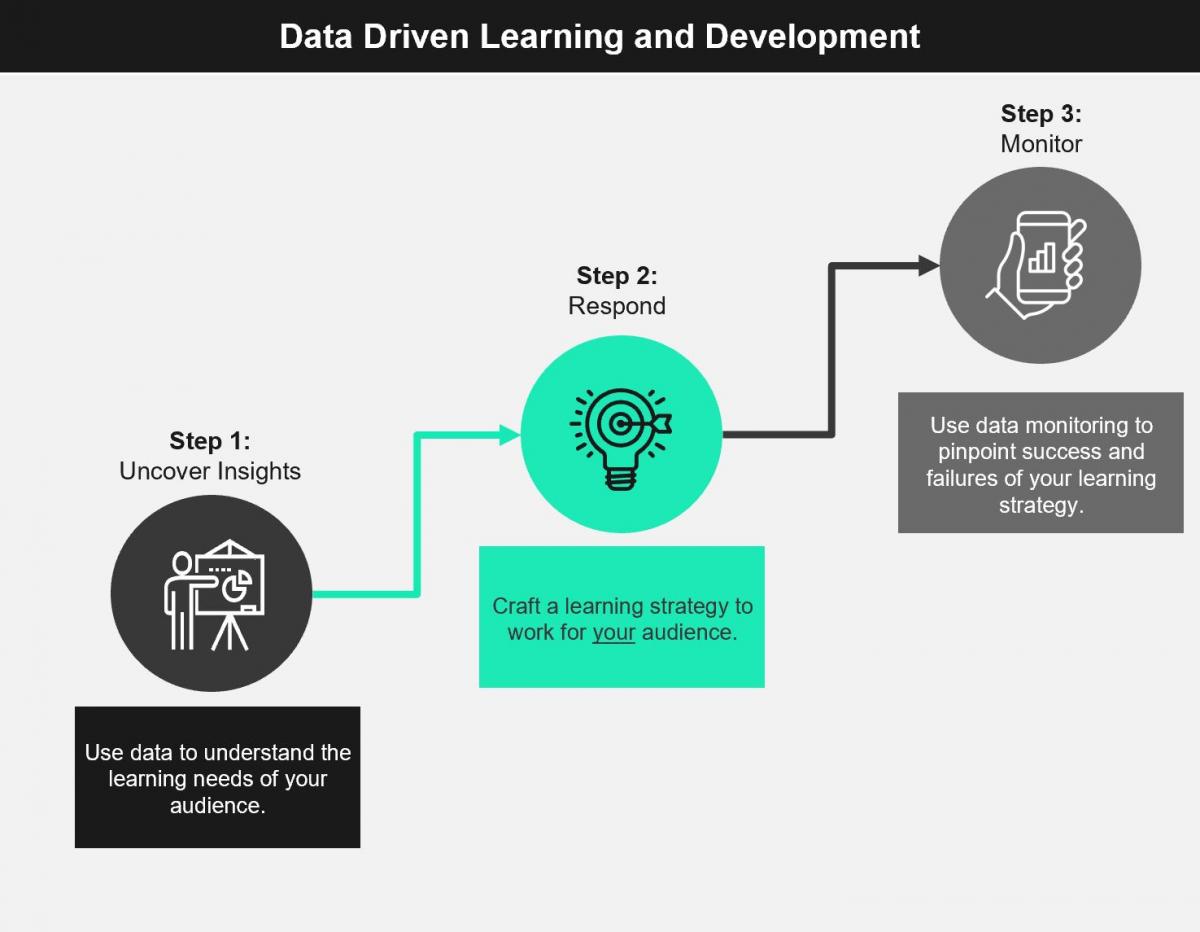Fortune 100 response to DE&I pressures

Data is often the missing ingredient in designing high quality training. Until now, the Learning & Development industry has gotten by based on theory and art. Times are changing and with so much data available, it’s now critical to combine data science & neuroscience to produce meaningful learning.

The World Economic Forum estimates that more than half of all employees will require significant re-skilling by 2022. We're also in a labor market where the lifespan of skills is shortening. 1/3 of the skills you use now will be irrelevant in 2023. The ability to remain competitive will depend on how fast your team can adapt to this fast-paced global workforce.
That's a lot of pressure on learning professionals. Up until now, the Learning & Development (L&D) industry has gotten by based on theory/science and art. The theory, especially when combined with neuroscience, is excellent. The "art" is achievable if you have years and years of experience, but not everyone has the luxury of time. When we migrated from the classroom to digital, we made many assumptions about what our learners would do online. It was a good start, as we (the trainers) were learning about digital media. Now there is a ton of data available about online behaviors.
A typical scenario is the business comes to the learning department or consulting firm with something they believe needs training. Seasoned learning professionals will use performance consulting skills to determine if the request is valid or not. Then it is off to design and development. This model means training development is always in a reactive position; And, ultimately, costs both time and money.

A better approach is to monitor your existing data so that your learning function understands and predicts learner needs. With immediate insights, we can identify and resolve performance gaps quickly. Secondly, use data to support decisions about learning content. Learning experience designers use sound instructional design principles to build content. But they also can make a lot of choices without evidence, like:
Typically, an abundance of data already exists in a digital environment. This data provides significant clues, both inside and outside of your organization and its LMS, to determine audience preferences. Too often, we neglect this upfront analysis and go straight to the storyboard.
Typically, in L&D, programs are launched as one and done with evaluation for impact as the final step. While these models can be useful, they don't often emphasize assessment , and that's where incorporating a data-driven design process can help. Data-driven Learning Design is a three-step, iterative approach to help you break down how you can use data more effectively for your learners.
The Fundamentals for Data-Driven Learning and Development allow instructional designers to maximize efficiency and help learners get to where they need to go quickly. The ability for an employee to upscale could mean the difference between being relevant or being made redundant. Rules are changing fast, and it is a turbulent time to maintain skills in today's workplace.
Marci Marra
Partner
+1 (425) 214 2663
Marci.marra@sia-partners.com
Robert Nelson
Senior Manager
+1 (206) 321 4870
robert.nelson@sia-partners.com